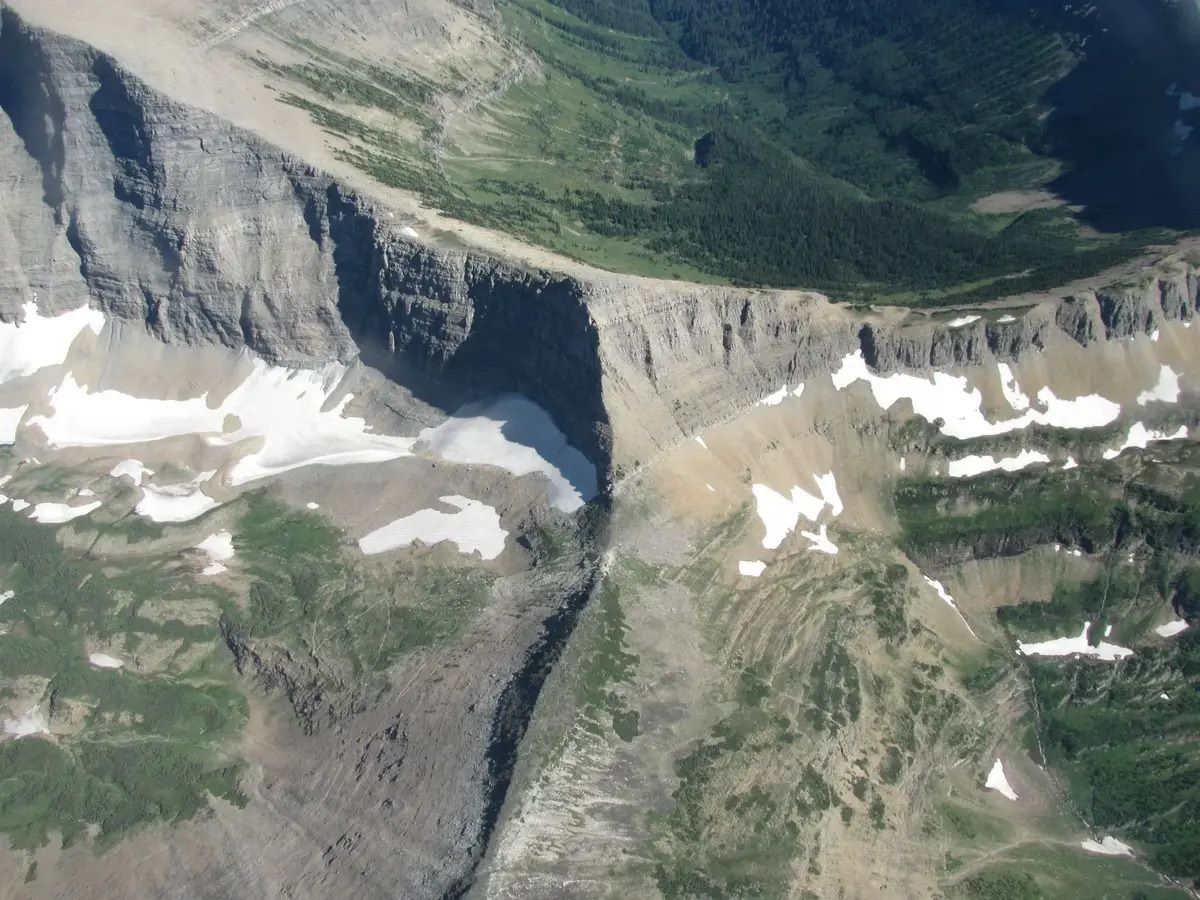Hidden Divides Between Watersheds

Have you ever wondered how watersheds shape our environment? Watersheds, also known as drainage basins, are areas where all water flows to a common outlet, like a river or lake. These natural boundaries play a crucial role in collecting and channeling water from rain, snow, and other sources. They affect everything from local ecosystems to water quality and availability. Understanding watersheds helps us see how interconnected our water systems are and why protecting them matters. Whether you live near a river, stream, or lake, your daily life is influenced by the watershed you reside in. Let's dive into the hidden divides between watersheds and their impact on our world.
Understanding Watersheds
Watersheds are fascinating natural features that play a crucial role in our environment. They are areas of land where all the water under it or draining off of it goes into the same place. Let's explore some hidden divides between watersheds around the world.
1. The Great Divide, North America
The Great Divide, also known as the Continental Divide, is a prominent watershed divide in North America. It separates the waters flowing into the Pacific Ocean from those flowing into the Atlantic Ocean.
- Rocky Mountains: This mountain range forms the backbone of the Great Divide, stretching from Canada to New Mexico.
- Yellowstone National Park: Home to some of the most stunning landscapes, it lies along the Great Divide.
- Glacier National Park: Known for its breathtaking glaciers and lakes, this park also sits on the Continental Divide.
2. The Eastern Continental Divide, United States
The Eastern Continental Divide is another significant watershed divide in the United States. It separates the waters flowing into the Atlantic Ocean from those flowing into the Gulf of Mexico.
- Appalachian Mountains: This mountain range runs along the Eastern Continental Divide, offering scenic views and hiking trails.
- Blue Ridge Parkway: A scenic drive that follows the crest of the Appalachian Mountains, providing stunning vistas.
- Great Smoky Mountains National Park: A UNESCO World Heritage Site, this park straddles the divide and offers diverse wildlife and plant species.
3. The Amazon Basin Divide, South America
The Amazon Basin Divide is a crucial watershed divide in South America. It separates the waters flowing into the Amazon River from those flowing into other river systems.
- Andes Mountains: This mountain range forms the western boundary of the Amazon Basin, influencing the flow of water.
- Pantanal: The world's largest tropical wetland area, located to the south of the Amazon Basin.
- Guiana Highlands: These highlands form the northern boundary of the Amazon Basin, known for their unique ecosystems.
4. The Congo-Nile Divide, Africa
The Congo-Nile Divide is a significant watershed divide in Africa. It separates the waters flowing into the Congo River from those flowing into the Nile River.
- Ruwenzori Mountains: Also known as the "Mountains of the Moon," they form part of the Congo-Nile Divide.
- Virunga National Park: Located along the divide, this park is home to endangered mountain gorillas.
- Lake Tanganyika: One of the African Great Lakes, it lies along the Congo-Nile Divide and is the second deepest lake in the world.
5. The Murray-Darling Basin Divide, Australia
The Murray-Darling Basin Divide is an important watershed divide in Australia. It separates the waters flowing into the Murray-Darling Basin from those flowing into other river systems.
- Great Dividing Range: This mountain range forms the eastern boundary of the Murray-Darling Basin.
- Snowy Mountains: Part of the Great Dividing Range, these mountains are known for their winter sports and scenic beauty.
- Barmah National Park: Located within the Murray-Darling Basin, this park is home to the world's largest river red gum forest.
6. The Indus-Ganges Divide, Asia
The Indus-Ganges Divide is a crucial watershed divide in Asia. It separates the waters flowing into the Indus River from those flowing into the Ganges River.
- Himalayas: This majestic mountain range forms the northern boundary of the Indus-Ganges Divide.
- Karakoram Range: Part of the greater Himalayas, this range influences the flow of water into the Indus River.
- Terai Region: A lowland region south of the Himalayas, it lies along the Indus-Ganges Divide and is known for its rich biodiversity.
Understanding Watershed Divides
Watersheds are more than just areas where water collects. They shape ecosystems, influence weather patterns, and impact human activities. Hidden divides between watersheds can create unique environments, each with distinct flora, fauna, and water quality. Recognizing these divides helps in managing water resources, conserving habitats, and planning sustainable development.
By understanding how watersheds function, we can better appreciate the interconnectedness of natural systems. This knowledge is crucial for addressing challenges like pollution, climate change, and biodiversity loss. Protecting watersheds ensures clean water for drinking, agriculture, and recreation. It also supports wildlife and maintains the health of our planet.
Next time you see a river or stream, remember the hidden divides that contribute to its journey. Watersheds are vital to life, and their protection is essential for a sustainable future.

